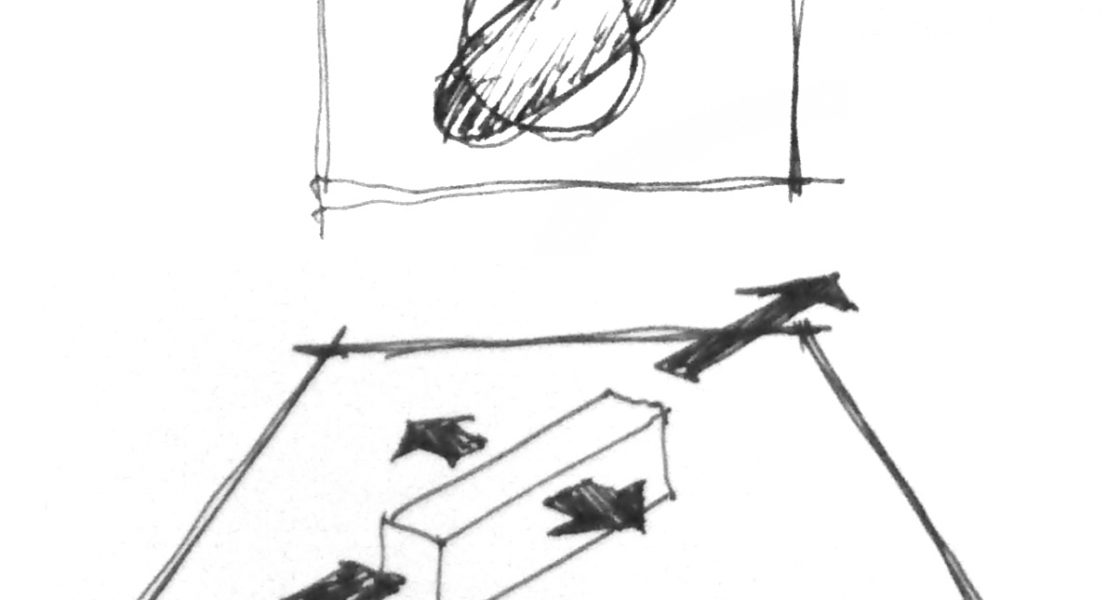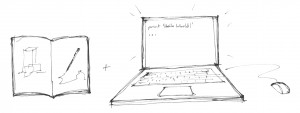Working on architectural designs necessitates spatial thinking. For me, that thinking manifests not only in the consideration of actual three-dimensional spaces but also in the evaluation of one-dimensional and two-dimensional data. I tend to “visualize” everything in some form or fashion, from building designs to schedule choreography to mathematical relationships.
Thus, I propose Sketchbox: the expansion of current sketch surfaces into pneumatically-controlled, interactive, and malleable 3D objects. These surfaces will be directly connected to digital models. They can represent actual objects in the model, parameters of individual objects, or relationships between objects. In this way the designer is permitted to interact spatially with the model, even if the manipulation itself isn’t necessarily spatial.
For instance, imagine the designer is modeling a building with extensive louvers on the facade. He wants to test out various sizes of louvers and their aesthetic impact on the building. He sketches a circle onto the sketchpad; the circle extrudes into a cylinder; the designer then uses this object as a knob to increase or decrease the size of the louvers. This is a tactile interaction with one-dimensional data.
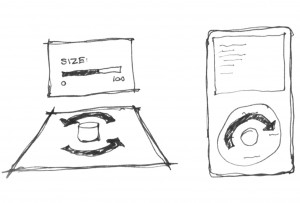
In another scenario, if the designer wished to study different proportions of a certain design, he or she could sketch a rough square onto the Sketchbox surface. This sketch would extend upward into a box. The designer could then stretch the resultant object along one or multiple axes, with the digital model following suit. The object itself needs to have no resemblance to the digital design; what is being translated is simply a transformational command (tangibly indicated).
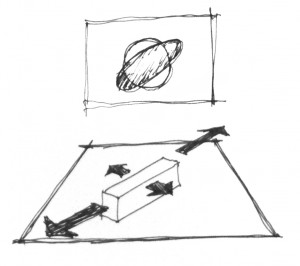
Finally, in the most direct interaction method, the designer may sketch an actual object onto the surface of the Sketchbox. This sketch could then be extruded into three dimensions, with a corresponding digital object manifesting on screen.
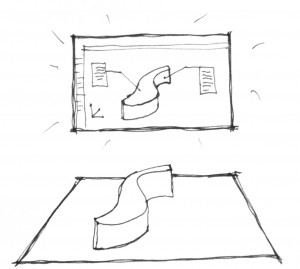
In this way, Sketchbox provides a new form of interaction for the designer. Rather than prescribing an overly-constraining set of end possibilities for the designer to achieve, Sketchbox represents a METHOD of working, and the tools necessary to implement that method. Architectural designers are spatial by nature; their tools should encourage this.

